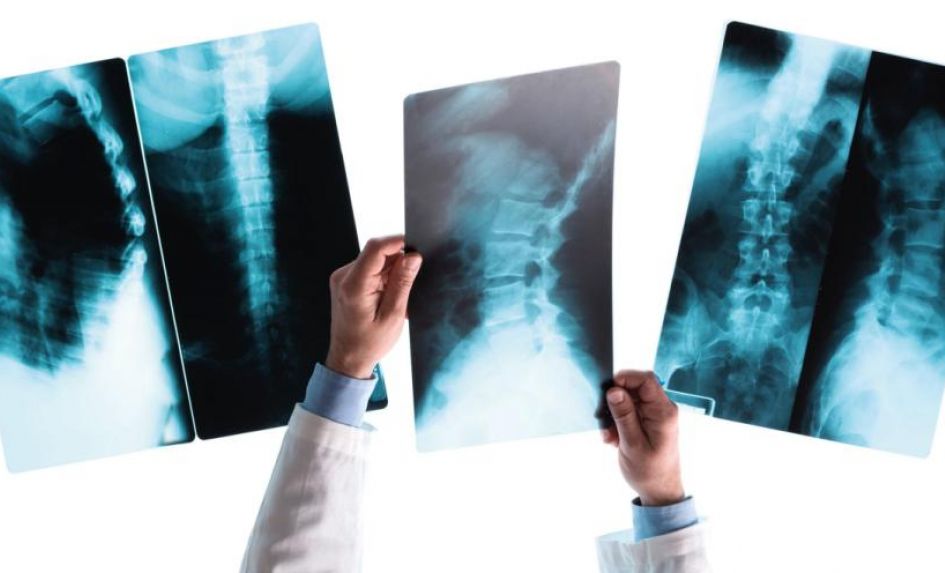Broadly speaking, broken bone symptoms can be difficult to spot unless there’s a very obvious displacement or the bone is sticking out through the skin.
Medical professionals will need to do an x-ray before being able to diagnose whether there’s a fracture. However, there are possible indicators that a child may have broken a bone…
Broken bone symptoms
Pain – the area hurts when touched, pressed, moved, or has put weight put on it, though this is also true also for sprains and strains.
Odd angle – the limb may be at an odd angle and have a wider range of movement than normal.
Swelling, bruising, serious wounds – these can indicate a possible fracture site. However, these symptoms are similar to those for soft tissue injuries.
Deformity and irregularity – limbs may look shortened, or the broken area may show lumps, bumps, depressions or stretched skin.
Sound – there could be a snap or grinding sound as the injury occurs. Following the injury you may hear ends of bone grate against each other
Should you observe any of the above, take the child(ren) concerned to A&E for an x-ray.
Emergency signs
You should call an ambulance in the event of an open fracture, where the bone protrudes through the skin, or if the casualty starts to show signs of shock, such as nausea and dizziness, or appears faint. Is there a possibility that they may have injured their head or spine?
Other prompts for calling 999 include difficulties breathing, apparent loss of consciousness, loss of feeling in the limb, abnormally cold extremities or dramatic changes in skin colour.
You should also call paramedics if you’re unable to safely transport the casualty to hospital yourself while keeping the limb stable and supported. This is also the case if you suspect a pelvic or hip fracture – or, indeed, if you’re worried about the child in any way.
Educating a child so that they can help themselves or a friend when injured will give them an invaluable life skill. Since September 2020, first aid training is a mandatory part of the English PSHE curriculum.
First aid training
The law only requires you to train a certain number of staff in first aid. That said, it’s good practice to upskill all staff in basic first aid for common injuries.
This includes lunchtime supervisors and all those assisting with PE and sports activities. This way, you can be sure whoever’s on hand when an injury occurs can take appropriate action, rather than potentially delaying care while waiting for a designated first aider to attend.
Making everyone aware – including children – of what to look for following an accident can prevent further injury and the situation from worsening.
Keep the injured child calm and comfortable while you assess the situation. If there are multiple casualties, the priority will usually be the quiet ones!
Always check for danger, response, airway and breathing before focusing on non-life-threatening injuries.
Emma Hammett is a registered general nurse and the founder/ CEO of the first aid training provider First Aid for Life. First Aid for Life offers a set of free resources and teaching materials that you can use to introduce first aid to your pupils.










